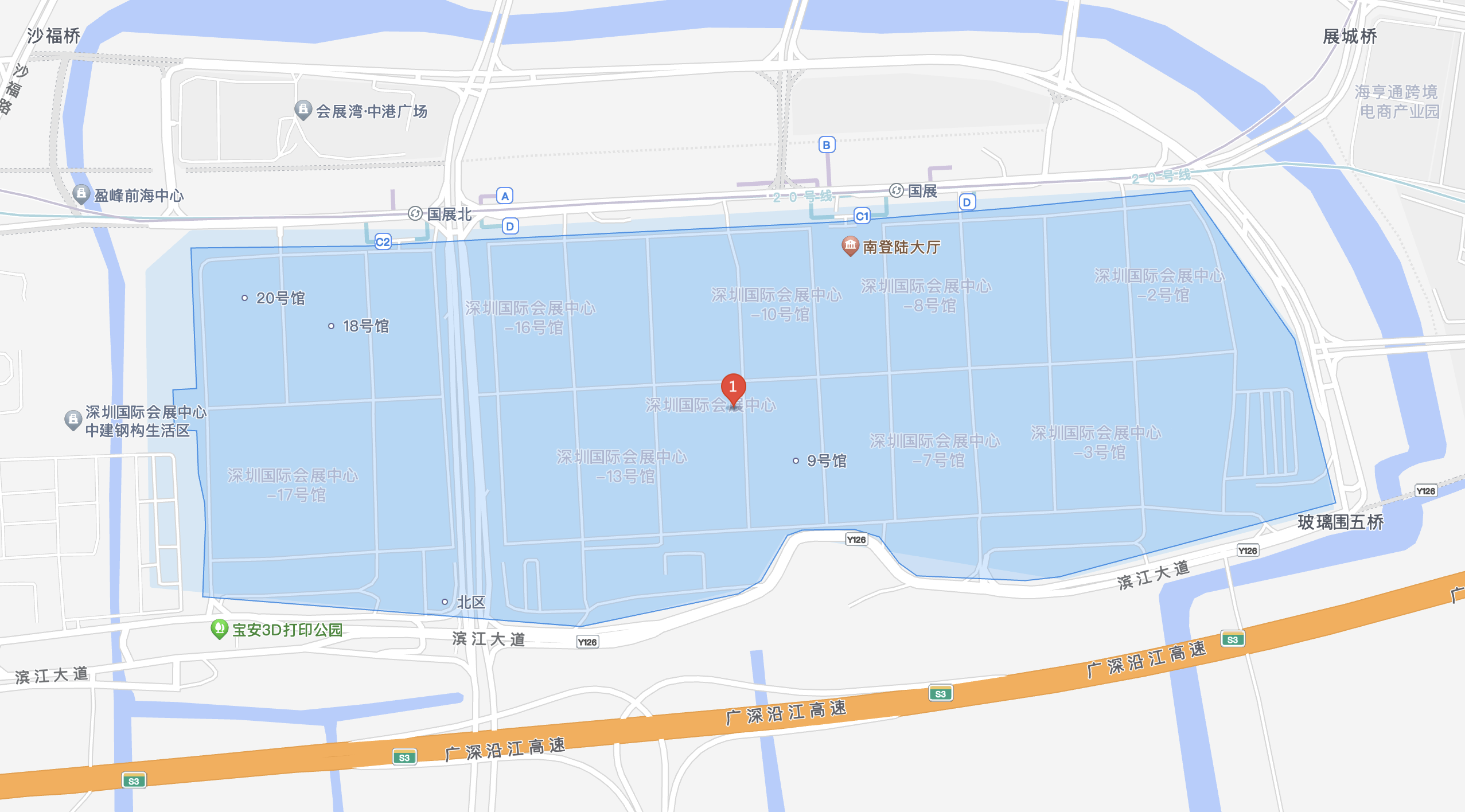
Recently, China Mobile, China Unicom, and China Telecom, the three major operators, simultaneously received approval to conduct commercial trials of eSIM mobile phone service. It is understood that China Unicom was the first to receive approval in early September, followed by China Telecom and China Mobile in October.
From smart wearable devices to mobile phones, this revolution, triggered by "cardless" design, is disrupting the traditional communications ecosystem thanks to the triple thrust of loosened policies, mature technology, and follow-up from terminal manufacturers.
On October 13th, China Unicom officially announced on its official WeChat account that the nationwide eSIM service reservation service has been fully launched. Users can make an appointment to apply for eSIM service through China Unicom's WeChat official account, app, or at a physical store.
Concurrently, China Mobile also announced on its official WeChat account that it has received approval to conduct commercial trials of eSIM mobile phone service. Users can visit a China Mobile store to apply for eSIM mobile phone service. For more information, please log in to the China Mobile app to find the correct service locations.
Similarly, China Telecom announced through its official WeChat account that users can activate eSIM mobile phone services at a China Telecom store or make an online reservation through the China Telecom app before visiting the designated store.
Particularly notable, with the three major carriers simultaneously announcing approval for commercial trials of eSIM mobile phone services, the highly anticipated iPhone Air release date has finally been finalized. This new, ultra-thin iPhone Air will be available for pre-order on October 17th and officially launched in mainland China on October 22nd. A key feature of the new model is its exclusive eSIM support, which will undoubtedly further promote the adoption and application of eSIM technology.
The development of eSIM technology in China is not a sudden, overnight success. Prior to this, the three major carriers had already conducted a series of trials using eSIM technology in wearable devices and were gradually advancing its commercialization.
China Unicom had already commercialized eSIM services in products such as smartwatches and tablets. For example, with smart wearable devices like the Apple Watch, China Unicom pioneered the commercial trial of "eSIM One Number, Two Terminals." With a single primary number, users can share voice and data plans between their smartwatch and phone. Subsequently, China Mobile and China Telecom followed suit with pilot programs.
As the technology matures, the application boundaries of eSIM continue to expand. After receiving official approval from the Ministry of Industry and Information Technology, the three major operators expanded eSIM applications beyond wearables to the broader IoT sector, encompassing multiple vertical industries such as smart home and the industrial internet. However, in 2023, citing system maintenance and upgrades, the three major operators gradually shut down new eSIM One Number, Two Terminals, and independent number services, sending the domestic eSIM market into a state of stagnation.
By 2025, eSIM technology has ushered in new development opportunities, entering a new phase of restart and accelerated development. In recent years, the IoT industry has experienced explosive growth, coupled with increasing demands for thinner and lighter devices, which has undoubtedly forced the eSIM industry to upgrade and transform.
Amid the current trend of deep integration between 5G and artificial intelligence, the smart device industry stands at the forefront of a new round of transformation. The widespread adoption of smartphones, smart home devices, and smart wearables (including emerging products like smart glasses and smart rings) will provide a broad application space for eSIM technology. It is foreseeable that the full commercialization of this technology will have a profound impact on many aspects of smart device product form factors, user experience, and more, ushering in a new era of device connectivity.
Taking the consumer electronics sector as an example, the introduction of eSIM technology will help devices break free from the constraints of physical SIM cards, achieving diversified form factors and reaching new levels of functional integration. Furthermore, eSIM technology will further enhance connectivity between various devices, fostering a fully connected smart ecosystem. For example, smartphones can instantly pair and share data with smartwatches, smart headphones, and other devices using eSIM technology, allowing users to seamlessly switch between devices in different scenarios, greatly enhancing convenience and flexibility.
In the field of IoT devices, eSIM technology has also demonstrated its strong appeal. eSIM technology enables plug-and-play connectivity for various smart devices, including in-vehicle T-BOXs and industrial routers. The advent of eSIM technology allows devices to quickly connect to the network with simple software configuration, significantly simplifying the deployment process and improving efficiency. It also provides more reliable connection stability in complex environments.
Now, with all three major carriers fully prepared, the eSIM era in China is about to fully commence. Looking ahead, with the continuous improvement of technology and further expansion of the market, eSIM technology is expected to usher in even greater development prospects in China.


















